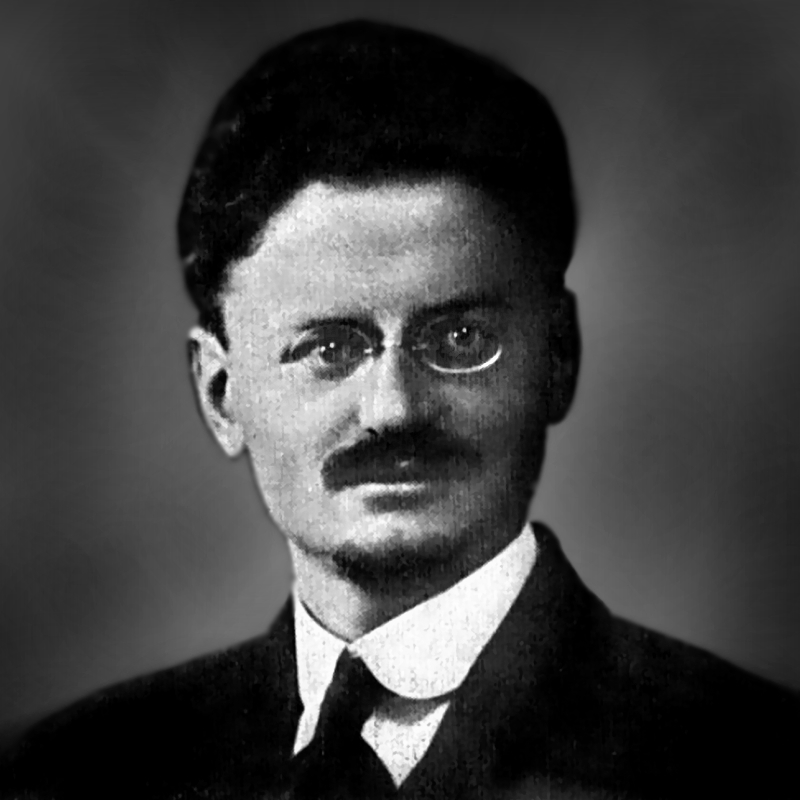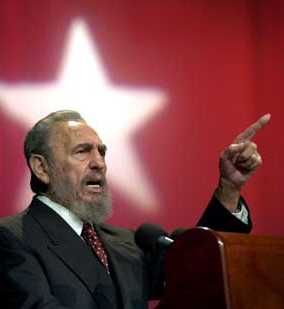공산주의의 배후에는 예수회가 있다.
공산주의의 배후에는 예수회가 있다. 로마카톨릭의 동향
Jesuits and Communism
예수회와 공산주의

Karl Marx -- Trained by Jesuits for nearly 30 years at the British Museum
So Marx, the Jewish Freemason, was to be the one to put forward this Communism for the world, so that Communism would look like a Jewish brain-child, so that Communism could be blamed on the Jews. Well, what's not told is that the Jews involved in the implementing of Communism were Masonic Jews. Karl Marx was a 33rd-degree Freemason, a worshipper of Lucifer, whose father wanted nothing to do with him, because his father was a Baptist preacher.
Jewish Freemasonry, controlled by the Jesuits, implemented Communism in Russia. Lenin, the half-Jew, was a Freemason. That civil war that took place from 1917-1922, for 5 years, was given the appearance that it was primarily Yiddish. I mean, they're on the streets of Russia talking Yiddish; they had Yiddish signs; and it was wanted to give the impression to the world that this revolution was of Jewish origin.
For 10 years after the revolution, the Jews faired very well, but in 1922, Joseph Stalin, that great Jew-hater, who was educated by Jesuits in Georgia-which was a country south of Russia and, therefore, the Emperor's banning of the Jesuits from Russia, his Ukase, did not reach to Georgia. So the Jesuits stayed in Georgia, trained Joseph Stalin, brought him in after the Revolution, and made him Secretary of the Communist Party in 1922, until he died in 1953.
The Jesuits used Freemasonry and, of course, Stalin was also a brother Freemason. They used Freemasonry to implement Communism in Russia, and from there, China, and from there, throughout the world. When Germany had their revolution after World War I, their Communist revolution-remember, they requested an armistice-they had never been beaten on the field of battle.
The Germans were foisted into that war; they never started World War I. It was started by France and Russia and England, for the purpose of destroying Germany, because Germany had expelled the Jesuits. During that war, the Germans requested an armistice to stop this Communist revolution in Germany.
And who lead the revolution? The German Freemasons.
According to the Kaiser, in his memoirs, it was German Freemasonry that got him off his throne and deposed him. He had to go into exile in Holland. He wrote his memoirs in 1935.
So the relationship between Jesuitism, Communism and Freemasonry we see evolving and expanding from the 1600s to the ultimate achievement in the Bolshevik Revolution.
In my book, I parallel the French Revolution and the Bolshevik Revolution, and they are identical. It was French Freemasonry that caused the French Revolution and the Jacobins, and it was the Freemasons in Russia, with Bolsheviks, who caused the Russian Revolution, with their Bolsheviks, leading and ending in Joseph Stalin. In France, it ended with Napoleon; in Russia, it ended with Stalin. And so, that's the relationship there. The Black Pope: Interview of Eric Jon Phelps

Joseph Stalin -- Undercover Jesuit, Educated at a Jesuit seminary, Went to school with a Roman Catholic Cardinal

Vladmir Lenin -- Trained by Jesuits in Geneva, Switzerland

Vladmir Lenin -- Financed by the Jesuits' Federal Reserve Bank

Mao Se Tung -- Trained by Jesuits, Aided by Jesuit Father Tielhard de Chardin
After graduating from the First Provincial Normal School of Hunan in 1918, it is believed that Mao traveled with Professor Yang Changji, his college teacher and future father-in-law, to Beijing during the May Fourth Movement in 1919. Professor Yang died in 1920 in Peking University.
Professor Yang held a faculty position at Peking University. As a result of Yang's recommendation, Mao worked as an assistant librarian at the University with Li Dazhao as curator. Mao registered as a part-time student at Beijing University and attended a few lectures and seminars by intellectuals, such as Chen Duxiu, Hu Shi, and Qian Xuantong. During his stay in Shanghai, he engaged himself as much as possible in reading which introduced him to Communist theories.
Mao's mentor was Cai Yuanpei, the president of Peking University who in turn wasa follower of Chinese Jesuit Joseph Ma Xiangbo.
source: "Jesuits and the Modern Chinese University" by Ruth Hayhoe, http://www.bc.edu/bc_org/avp/soe/cihe/newsletter/News04/textcy1.html
The development of modern universities in China has fascinating connections to the story of one man, a Chinese Jesuit, whose vision for Chinese-Western cultural and intellectual cooperation has. to this day, never been fully realized. Joseph Ma Xiangbo was born in 1840, the first year of the Opium Wars, and died in the darkest days of the Japanese occupation of China in 1939. He was the mentor and teacher of some of China's most famous political and intellectual figures of the late Qing and early republican periods, including Liang Qichao and Cai Yuanpei, and was a senior adviser to political figures such as Yuan Shikai and Chiang Kaishek. He was also an outspoken advocate for the indigenization of the Catholic Church in China, and a tireless campaigner against the French Protectorate, which gave France jurisdiction over the Catholic community in China and prevented direct relations with the Vatican up to 1905.
Ma's first educational role was as principal of the College St. Ignace, one of the earliest Western-style secondary schools in Shanghai, which was founded in 1851 not long after the Jesuits returned to China in 1837 after a 60-year ban. Ma had entered the school as a student in 1852, went on to seminary studies in 1862, graduated with a doctorate in 1872, and held the role of principal from then up to 1875. The curriculum Ma devised for the school included a strong emphasis on Chinese classical literature and history as the basis, supplemented by advanced studies in Western mathematics, languages, and philosophy, following Jesuit patterns. Ma's emphasis on Chinese studies aroused suspicion among the French priests, and this pressure resulted in his resignation from the Jesuit Order in 1876.
source: http://en.wikipedia.org/wiki/Ma_Xiangbo
Ma founded the following institutions of higher learning:
Aurora Academy (Zhendan Xueyuan, 1903)
Fudan Public School (Fudan Gongxue, 1905), literally meaning: a revived Aurora Public School Catholic University of Peking, later renamed Fu Jen Catholic University, Furen daxue, in co-operation with Ying Lianzhi.
His idea of establishing a highest body of learning was eventually realized in 1928 by his close friend, the educator Cai Yuanpei, who established the Academia Sinica (Zhongyang Yanjiuyuan).
His brother, Ma Jianzhong, was a prominent official in the Qing government.
발췌 : http://outlawjournalism.com/forum/viewtopic.php?p=85621

Fidel Castro -- Undercover Jesuit, Educated at four Jesuit institutions, Part of the Roman Catholic Party ("Christian Democrat Party"), Met the Grandmaster of SMOM, Supported by Pedro Arrupe (the former Jesuit General)
This is from Cuba's official website on itself, http://www.cubaheritage.com The specific web page below is the official Cuban biography of Fidel Castro.
1) Fidel Castro attended three Jesuit institutions. College Lasalle and Colegio Dolores. "Colegio" in Spanish is a high school or junior college.
3) Upon graduating from law school he joined the Orthodox or Christian Democrat party. My European readers will instantly recognize that this is the Roman Catholic Party. The first Christian Democrat party was begun in Italy under Pius XI in the 1920's. Pius XI later disbanded that party, to put his full support behind Benito Mussolini and his Fascists. The leader of the Christian Democrat party was then forced into exile, though he and Pope XI remained on good speaking terms. It was in London that this leader met a fellow exile - Avro Manhattan.
Returning to Fidel Castro : Castro was obviously fully working for the Jesuits when he joined the Christian Democrat party as a young lawyer. Not only that : by the time of the Cuban revolution in 1958-59, the Jesuits in Latin America were going fully Marxist-Leninist in ideology, as both Avro Manhattan and a former Jesuit priest, Malachi Martin, well document. Malachi Martin documents how that, in 1963, the Jesuits became fanatic, left-wing Communists, under Pedro Arrupe, himself a Marxist, and a great advocate of Fidel Castro. Martin documents in his book: "The Jesuits and the Betrayal of the Roman Catholic Church" how the Jesuits proceeded to foment Communist revolutions throughout Latin America and Africa, with Castro's aid.

Raul Castro -- Educated by Jesuits
================

In 1983, as the above photograph shows, Pope John Paul II showed his support for Communist leaders in Nicaragua.
